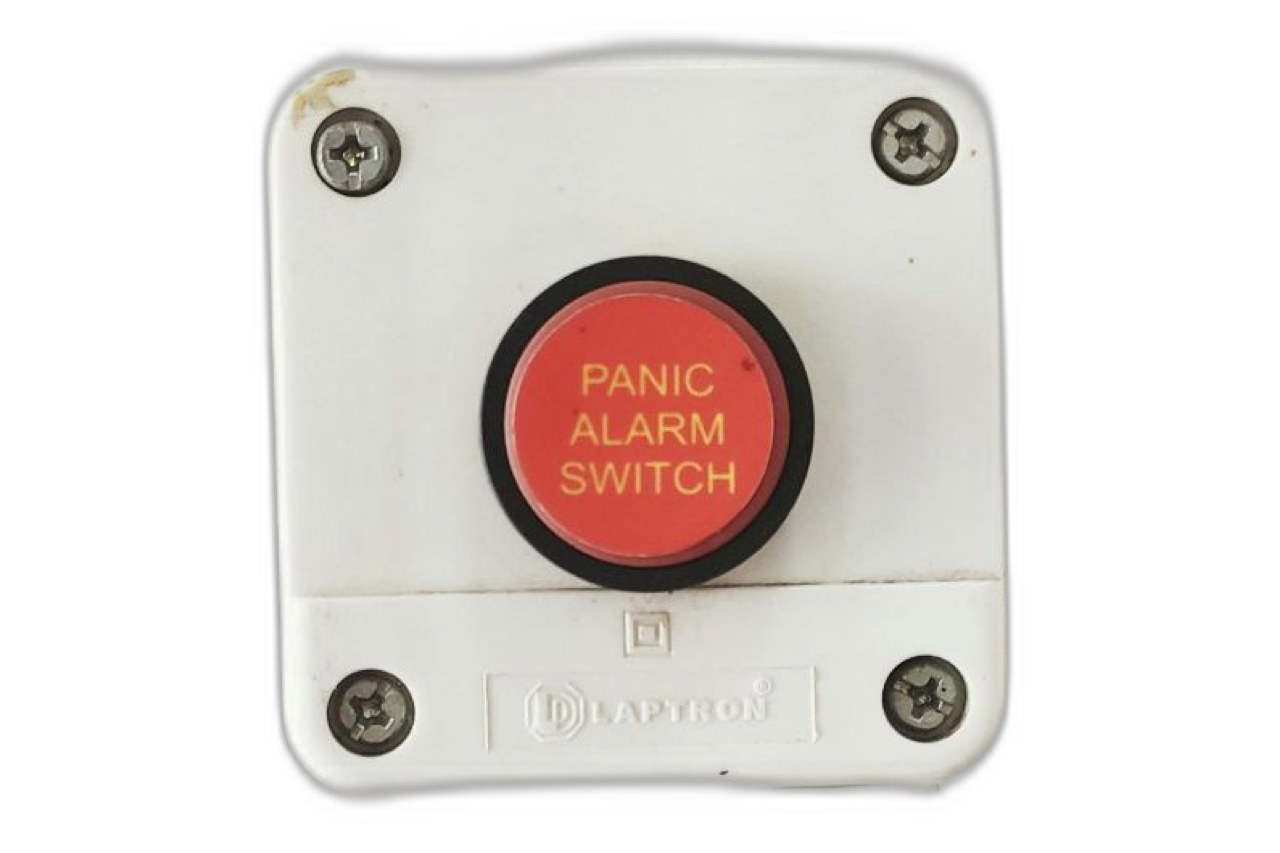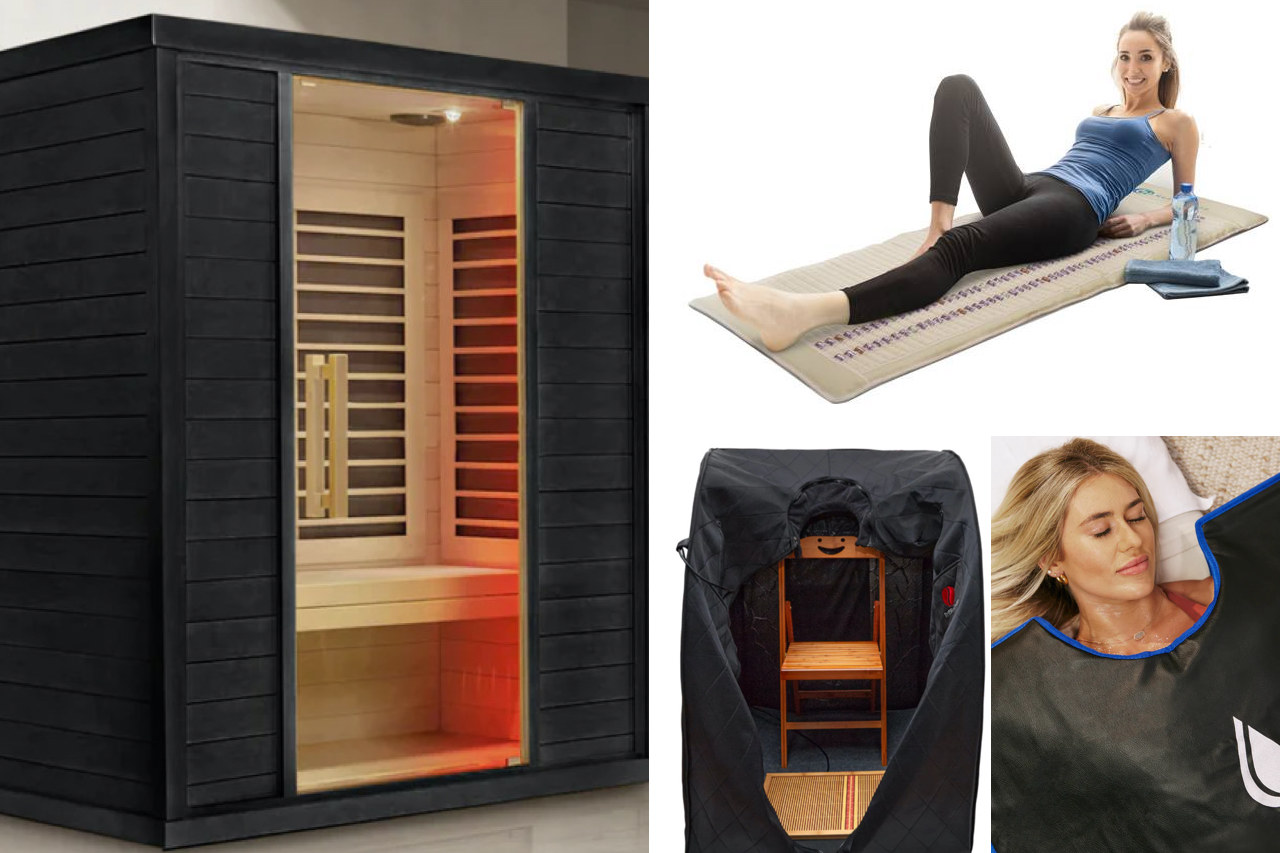- HOME
- Infrared Sauna Benefits
- Cortisol Control
Can
Infrared Sauna Lower Cortisol?

Infrared therapy supports lifestyle changes that could lower cortisol, like improving your sleep quality, regular exercise, and engaging in mindfulness and relaxation methods. Combined with eating healthy, research shows that infrared sauna use can indirectly help us to better manage cortisol levels.
A quick tour of the blog post
- Intro
- Cortisol and the stress response
- Cortisol management
- Infrared sauna and cortisol reduction
- Research findings
- Cortisol and testosterone
intro
Research shows promising results for the beneficial role of infrared therapy in controlling cortisol levels. In the blog post we'll explore how this might work, and review the science.
The appeal of the infrared sauna for relaxation is not new. Besides this momentary reprieve from stress, other users are also searching for more than a short-term reduction. Is it possible to achieve tangible, physiological long-term changes with the help of infrared therapy?
To answer this question in detail, we need to take a closer look at a key biochemical factor where it comes to stress: The cortisol level in our body.
In other words can the light - but penetrative - heat of an infrared sauna really dial down our body's stress response? Or is it just a placebo effect, shrouded in a comforting veil of warmth?
Before we unravel the impact of sauna heat on our cortisol levels, it is important to know what the cortisol hormone is, what it does, and what high levels of this hormone mean for our health.

Cortisol and the Stress Response
A short biology lesson in cortisol and the beautiful functioning of our body in times of acute stress.
What is Cortisol
Cortisol, also referred to as the 'stress hormone', is produced by the adrenal glands [1]. These are small, triangular glands located on top of each kidney. Cortisol plays a key role in the stress response, metabolism and immune function.
Interestingly, cortisol levels are naturally highest in the morning to prepare you for the day ahead, and drop in the evening, when it’s time to relax.
Cortisol’s Role in Stress Response
During stress, cortisol levels rise. Subsequently, blood sugar levels also rise, leading to more energy and sharpening mental focus.
At the same time, non-essential functions such as digestion and reproduction are also suppressed. The body prepares for a fight-or-flight response.

How Our Body Handles Stress
Your body knows exactly how to respond to acute stress. Here's how it comes into action:
Stress Detected: When stress comes up, your brain's control center, the hypothalamus [2], notices and sends out a signal.
Call for Action: This signal reaches another brain part, the pituitary gland [3], which then sends a message to the adrenal glands, sitting above your kidneys.
Stress Response: The adrenal glands get the message and release cortisol, a special agent that helps your body manage the stress.
Back to Normal: Once the stress is gone, cortisol levels drop, signaling the brain to calm down, bringing everything back to a peaceful state.
It is clear that cortisol plays an important role in the way our body deals with acute stress. However, proper functioning is determined by our body's ability to calm down after the threat has passed. When this balance is disrupted and cortisol levels remain high, it can lead to serious health problems.
The Impact of High Cortisol
Long-term elevated cortisol levels have a big impact on your health, which can even lead to a number of chronic conditions:
Hypertension: Constriction of blood vessels, increased blood pressure and strain on the cardiovascular system.
Type 2 diabetes: The elevated blood sugar levels can potentially contribute to insulin resistance and lead to type 2 diabetes.
Reduced immune function: Suppression of the immune system that reduces its ability to fight infections and heal wounds effectively.
Osteoporosis: A decrease in bone density, which increases the risk of fractures.
Mental health problems: Conditions such as anxiety, depression and problems with memory and concentration can be affected or worsened.
Measuring Cortisol Levels
Cortisol levels are usually measured with blood, saliva, or urine tests. It is good to know that observed cortisol levels vary widely from person to person and also depend on the time of day the test is performed, due to the natural daily rhythm of cortisol production.
Generally higher levels are expected in the morning, with a gradual decline throughout the day. One can have both too high and too low cortisol levels.

Cortisol Management
Effectively managing high cortisol levels is essential for maintaining physical health and well-being. Here are the most common approaches:
Lifestyle Changes
Improved Sleep: Quality sleep is foundational in regulating cortisol levels. Establishing a regular sleep schedule and creating a restful environment can positively impact cortisol reduction.
Regular Physical Activity: Exercise is a powerful stress reliever and may assist to normalize cortisol levels. However, it's important to balance activity types, as excessive high-intensity exercise can temporarily increase cortisol.
Mindfulness and Relaxation Techniques: Meditation, yoga, and deep-breathing exercises can decrease tension and stress and, with that, cortisol levels.
Healthy Diet: A balanced diet, rich in whole foods and low in processed sugars and fats, can support adrenal health and cortisol regulation. Incorporating foods high in omega-3 fatty acids, like fish and flaxseeds, and ensuring adequate hydration are beneficial.

Medical Interventions
When lifestyle changes are insufficient to manage high cortisol, medical intervention may be necessary. This can include medication, psychological therapies like Cognitive Behavioral Therapy (CBT), and regular monitoring.
High cortisol levels underline the importance of stress management and maintaining a lifestyle that supports our body's natural balance. It could be interesting to see how regular infrared sessions can contribute to this.
Infrared Saunas and Cortisol Reduction
Relaxation benefits
The heat of an infrared sauna differs from that of a traditional dry sauna. While traditional saunas warm up the air around you, infrared saunas use infrared waves to directly heat your body.
This penetration provides a more intense sweat session at lower temperatures, and brings about a deep sense of relaxation, making it a comfortable and effective experience.
This aspect of relaxation is especially beneficial for those who may not tolerate the intense heat of a traditional sauna; a soothing alternative that improves general well-being.

Infrared saunas are not just cabins
Synergy with lifestyle changes
Infrared saunas feature a unique synergy with some important lifestyle changes:
- First, infrared saunas contribute to a good night's sleep.
- Second, infrared saunas mimic a gentle cardiovascular workout by stimulating circulation and inducing sweat, all while you relax. This can also be particularly beneficial if you prefer a low-impact way to support physical activity and recovery, especially after actual exercise sessions.
- Third, a sauna session is very suitable for practicing deep-breathing exercises, mindfulness, meditation or yoga.
Infrared saunas can support those lifestyle adjustments that might have a positive effect on cortisol levels. The question is: Do they actually lower cortisol levels? To answer it, we need to look at scientific research.
Research findings
The Effects of Hyperthermia on Cortisol Reduction
In the quest for the effect of sauna treatments on cortisol levels, a fascinating study [4] sheds light on the potential impact of hyperthermia (exposure to high temperatures) on our body's stress responses, with a particular focus on cortisol levels.
The study used a form of hyperthermia treatment known as the nano-mist sauna, which involves exposing the body to a mist at a temperature of 40°C and 100% relative humidity. For seven consecutive days, participants underwent a daily 20-minute session. The results were remarkable: cortisol levels, in addition to adrenaline, showed a clear decrease on the seventh day, indicating a suppression of the sympathetic nervous system, a network of nerves that helps to activate the 'fight or flight' response of the body [5].
While the findings are fascinating, we should note that the sauna system used in the study was not an infrared sauna. Despite this difference, the underlying principle of induced hyperthermia raises the possibility that infrared saunas may deliver similar benefits with regard to cortisol reduction.
The intriguing link between hyperthermia and reduced stress indicators opens the door to further research into the field of infrared treatments and the effects on cortisol levels.

The Impact of Near-Infrared Radiation (NIR) on Cortisol Levels
Recent research [6] has shed light on how near-infrared radiation (NIR), specifically at a wavelength of 850 nanometers (nm), might influence cortisol levels. This wavelength falls within the NIR range (700-1,300 nm) and is used in a process known as photobiomodulation (PBM), or red light therapy.
The study focused on individuals with mild sleep-related issues and examined the effects of PBM on their cortisol levels, measured through saliva and hair samples. Here's a simplified breakdown of the findings:
Bedtime Saliva Cortisol
Participants who underwent PBM therapy showed lower cortisol levels in their saliva right before bedtime, particularly with a higher dose of the therapy. This suggests that PBM could have a calming effect, potentially aiding in stress reduction and sleep improvement.
Evening Saliva Cortisol
Cortisol levels measured earlier in the evening (3.5 hours before bedtime) did not show significant differences between those who received PBM therapy and those who did not, indicating that the timing of therapy might be crucial for its effectiveness.
Hair Cortisol Over Time
Interestingly, the study noted an increase in cortisol levels in hair samples over time among participants who received PBM therapy, with this effect being more pronounced during the summer. This could imply that the impact of PBM on cortisol might vary with prolonged use and possibly with seasonal changes.
The research suggests that while NIR, as used in some infrared saunas, might help lower cortisol levels in the short term, particularly before sleep, the long-term effects on cortisol require more research, especially in terms of dosage and seasonal variations.
Both studies suggest that sauna treatments, including infrared saunas, may have the potential to lower cortisol levels, providing a short-term reduction in stress. While the hyperthermia study showed reduced cortisol levels after consistent sauna use, the NIR study indicated immediate relief from stress but raised questions about long-term cortisol changes.

The Interplay of Hormones: Cortisol and Testosterone
The effects of infrared saunas on cortisol represent only one aspect of their potential benefits. Equally important is testosterone, a hormone crucial for muscle recovery, strength and endurance, which also plays a key role in optimizing energy levels and mood.
As described earlier, cortisol peaks during stress. Raising blood sugar levels increases energy and suppresses other body functions. Testosterone, on the other hand, builds muscle and bone and is crucial for well-being, but can decrease if stress or cortisol levels remain high.
The relationship between the two hormones is like a see-saw: when cortisol levels rise, testosterone levels often drop, and vice versa. This happens because both hormones are controlled by a body's internal regulatory systems: the HPA axis for cortisol and the HPG axis for testosterone.
The HPA axis is like the body's alarm system that responds to stress by telling the adrenal glands to release cortisol. The HPG axis, on the other hand, is like a control center for reproductive health and regulates testosterone, important for muscles and mood.
Stress activates the HPA axis to stimulate cortisol, which can then dampen the HPG axis, reducing testosterone production. This balance is important because prolonged stress and high cortisol can damage testosterone levels, which can affect muscle health, mood and energy.
On the other hand, reducing stress and keeping cortisol in check can help maintain healthy testosterone levels, which supports overall wellbeing.
Although several studies to date have produced inconclusive results regarding the direct influence of sauna use on testosterone. Other effects of infrared sauna, such as improved relaxation and improved sleep quality, can contribute to a more balanced hormonal state.
Investigating the relationship between infrared saunas and cortisol has revealed a number of promising insights. While more research is needed for a definitive answer, the potential benefits are too great to ignore.
Curious how an infrared sauna can support you in managing stress and cortisol levels? Remember that sauna therapy should be seen as part of a holistic approach to wellness. Therefore, always consult your healthcare provider to ensure that IR sauna sessions are suitable for your situation.
From the easy-to-store affordable sauna blanket and PEMF mat, or sauna tents and domes, various infrared devices can support your fitness and selfcare efforts.
Questions? Please feel free to contact us, we are here to guide you.

Diane Sargent
Found this helpful? Here are some more articles you'll love
References
1. John Hopkins Medicin, Adrenal Glands, Health, https://www.hopkinsmedicine.org/health/conditions-and-diseases/adrenal-glands
2. WebMD, Hypothalamus: What Does It Do? by Lori M. King, PhD, https://www.webmd.com/brain/what-to-know-about-hypothalamus
3. Cleveland Clinic, Pituitary Gland, https://my.clevelandclinic.org/health/body/21459-pituitary-gland
4. Chikako Tomiyama et al., The effect of repetitive mild hyperthermia on body temperature, The autonomic nervous system, and innate and adaptive immunity, PubMed, https://pubmed.ncbi.nlm.nih.gov/25876664/
5. Cleveland Clinic, Sympathetic Nervous System (SNS), https://my.clevelandclinic.org/health/body/23262-sympathetic-nervous-system-sns-fight-or-flight
6. Marina Cecilia Giménez et al., Effects of Near-Infrared Light on Well-Being and Health in Human Subjects with Mild Sleep-Related Complaints: A Double-Blind, Randomized, Placebo-Controlled Study, MDPI, https://www.mdpi.com/2079-7737/12/1/60


